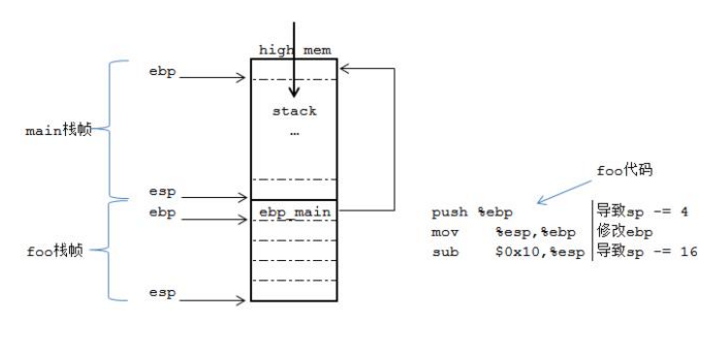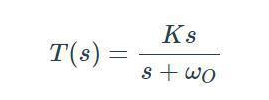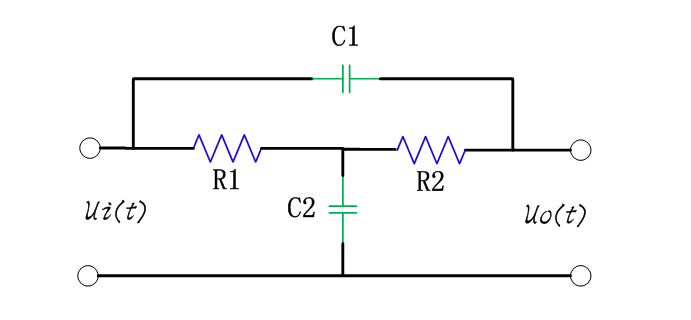是的,format()函數(shù)可以傳遞負(fù)索引。在使用format()函數(shù)進(jìn)行字符串格式化時(shí),可以使用索引來指定要替換的參數(shù)位置。正索引從0開始,負(fù)索引從-1開始,表示相對于參數(shù)列表末尾的位置。
下面是一個(gè)示例代碼,演示了如何使用正索引和負(fù)索引進(jìn)行字符串格式化:
name = 'Alice'
age = 30
# 使用正索引
message1 = "My name is {0} and I'm {1} years old.".format(name, age)
print(message1) # Output: My name is Alice and I'm 30 years old.
# 使用負(fù)索引
message2 = "My name is {1} and I'm {0} years old.".format(age, name)
print(message2) # Output: My name is Alice and I'm 30 years old.
# 使用組合索引
message3 = "{1}'s age is {0}.".format(age, name)
print(message3) # Output: Alice's age is 30.
在上面的示例中,字符串中的花括號{}表示需要替換的參數(shù)位置,其中{0}表示第一個(gè)參數(shù),{1}表示第二個(gè)參數(shù)。我們可以使用正索引或負(fù)索引來指定參數(shù)的位置。
希望這可以幫助你理解format()函數(shù)中可以使用負(fù)索引的概念。
-
字符串
+關(guān)注
關(guān)注
1文章
589瀏覽量
21108 -
函數(shù)
+關(guān)注
關(guān)注
3文章
4369瀏覽量
64190 -
代碼
+關(guān)注
關(guān)注
30文章
4886瀏覽量
70253 -
索引
+關(guān)注
關(guān)注
0文章
59瀏覽量
10624
發(fā)布評論請先 登錄
開環(huán)傳遞函數(shù)是怎樣影響系統(tǒng)的?

傳遞函數(shù)和控制Block(上)

是否可以將回調(diào)傳遞給函數(shù)?
基于Butterworth標(biāo)準(zhǔn)傳遞函數(shù)設(shè)計(jì)
函數(shù)參數(shù)傳遞的原理

傳遞函數(shù)極點(diǎn)和零點(diǎn)的影響是什么

傳遞函數(shù)的頻率特性

各轉(zhuǎn)換器的傳遞函數(shù)-開關(guān)的導(dǎo)通電阻對傳遞函數(shù)的影響






 Format函數(shù)可以傳遞負(fù)索引嗎
Format函數(shù)可以傳遞負(fù)索引嗎











評論